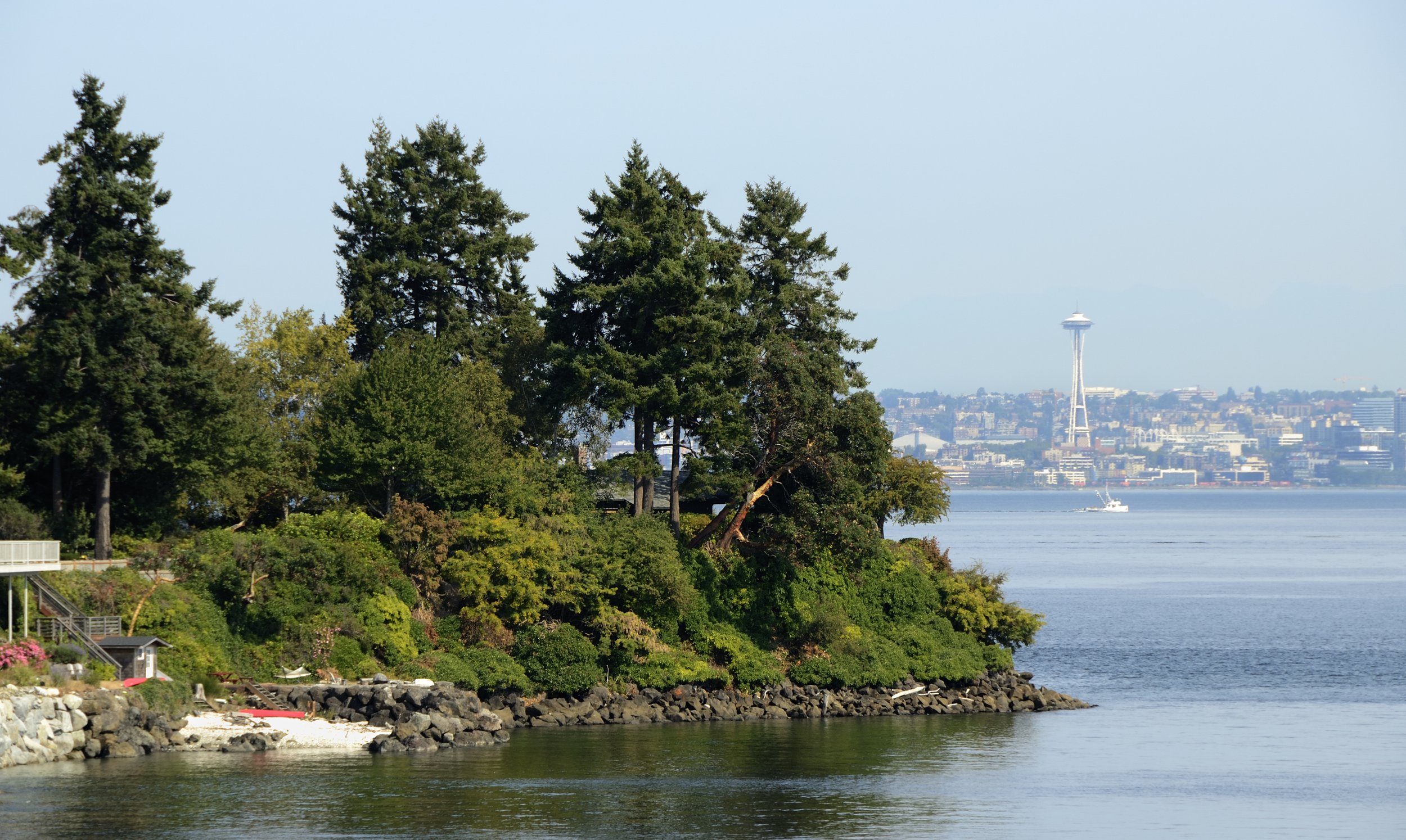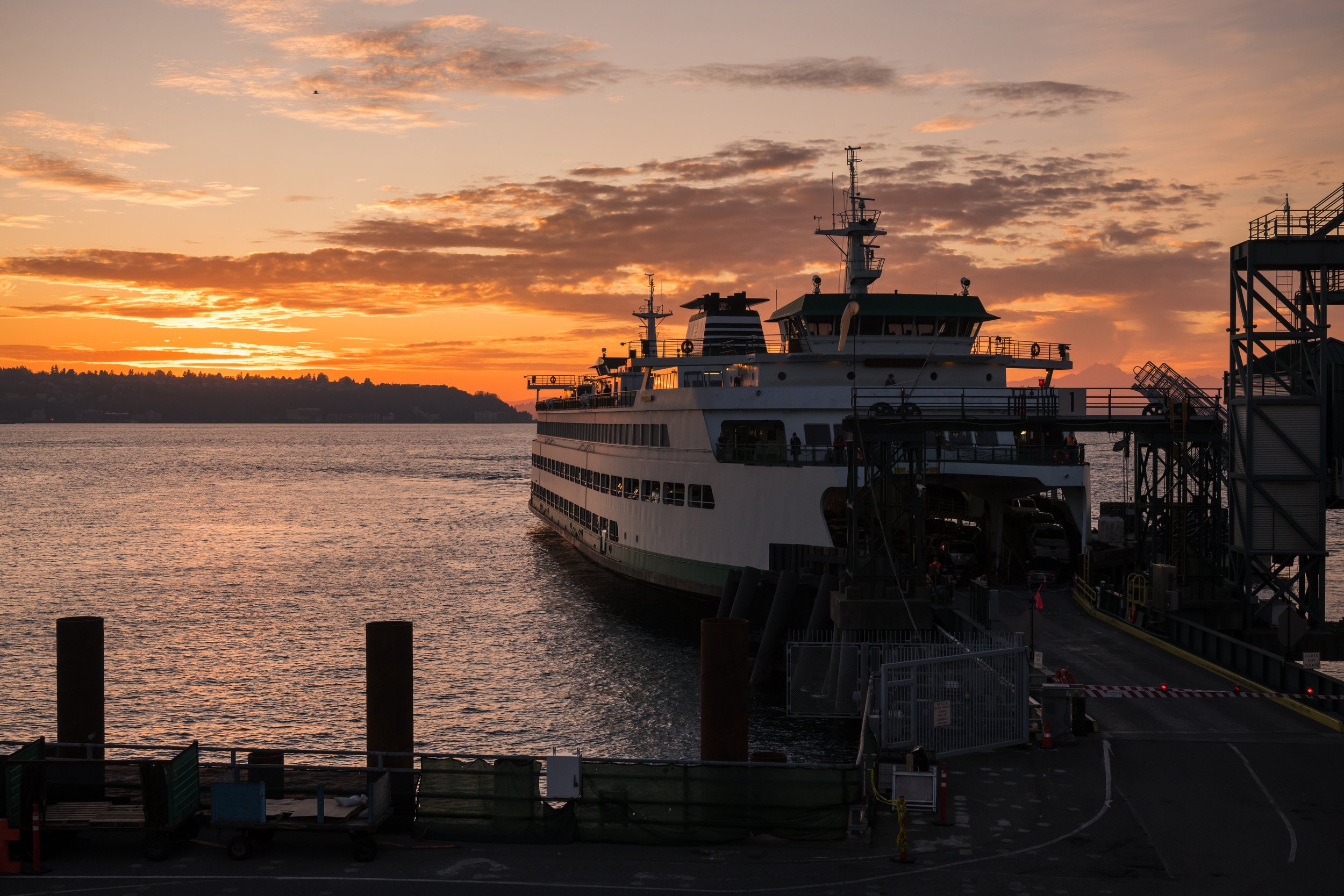
One island.
Many stories.
Come discover a remarkable past that’s as rich and diverse as the people who have called this island home.
Whether petroglyphs and pickleball, street dances and shipbuilding, berries and the Buy Nothing Project, canoes and Coast Artillery Corps, industries and immigration, cookbooks and Chilly Hilly bike rides, Bainbridge holds an astounding—and storied—history for an island our size.
Town and Country Market
Bainbridge Island is a vibrant city enlivened by many smaller communities of people who live, work, and play here.
What is special about Bainbridge Island communities? Explore our exhibits to find out.
Hop on the ferry and enjoy the ride to Bainbridge
Immerse yourself in Bainbridge.
Whether you’re a resident or a visitor, Bainbridge Island feels like a special place. Come visit—we’re only a ten-minute walk from the ferry.

Land Acknowledgement
The Bainbridge History Museum is within the ancestral territory of the suq̀ʷabš, “People of Clear Salt Water” (Suquamish People). Expert fishermen, canoe builders, and basket weavers, Suquamish people live in harmony with the lands and waterways along Washington’s Central Salish Sea as they have for thousands of years.
Curious what stories we will be telling next?
Sign up to be the first to know about our new exhibits and events. There’s always something exciting happening.


